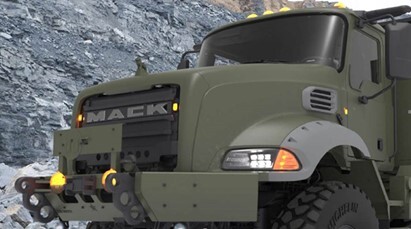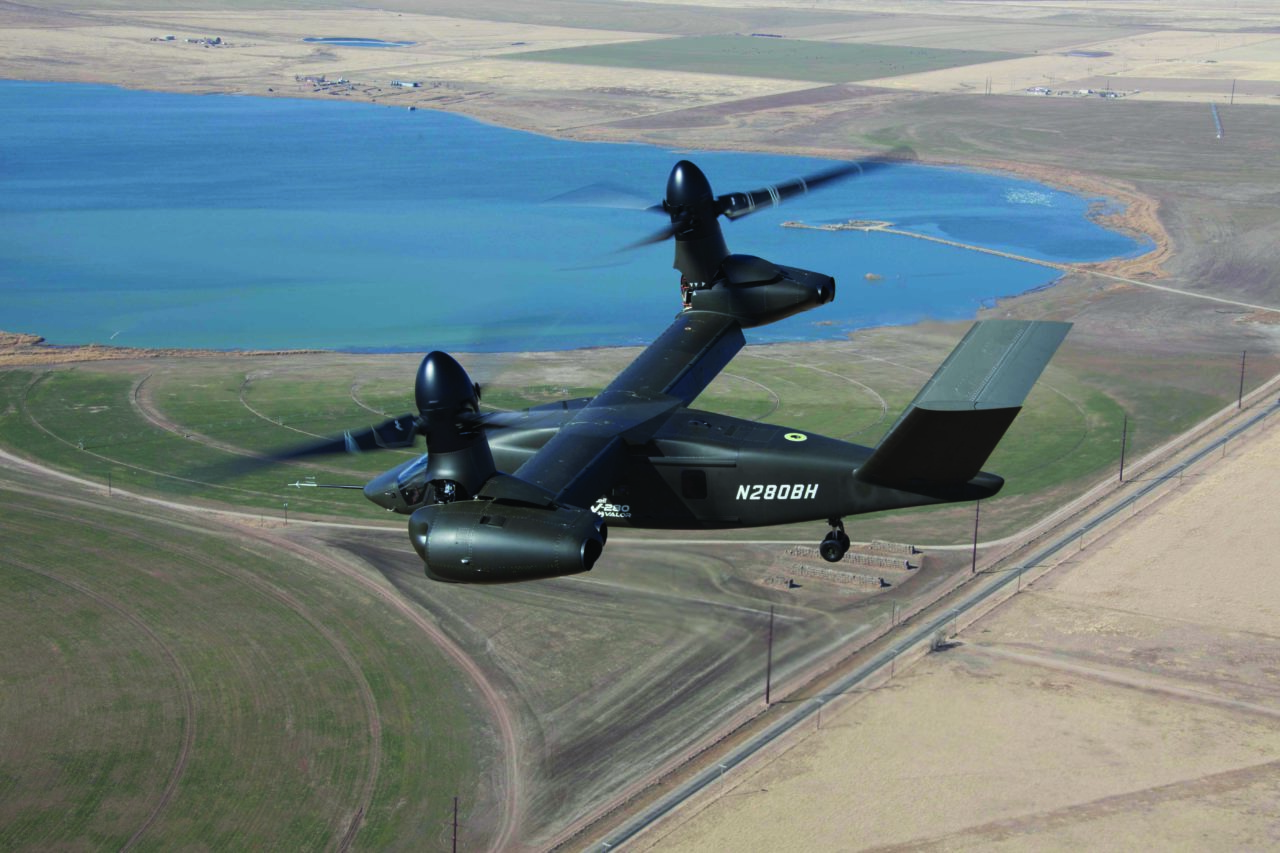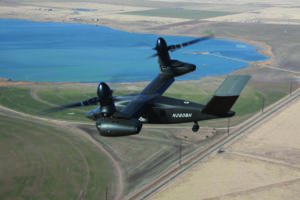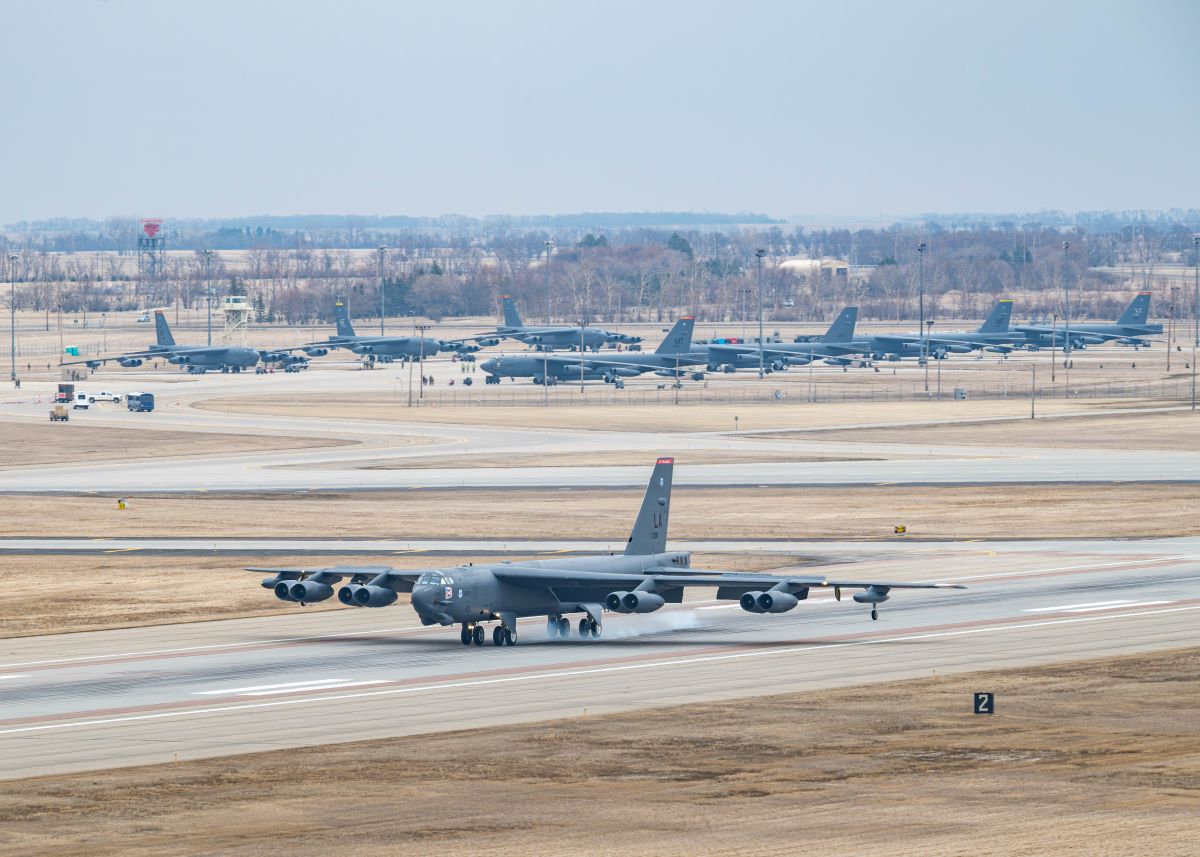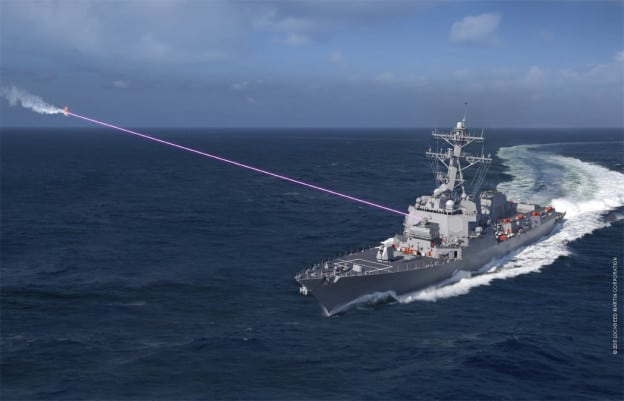The Marine Corps has awarded Mack Defense a deal to build two prototypes for its Medium Tactical Truck (MTT) program, which will inform a potential replacement for its Medium Tactical Vehicle Replacement (MTVR) fleet.
The new award continues Mack Defense’s work on the MTT program along with ND Defense, which received its deal to build two prototypes in January.
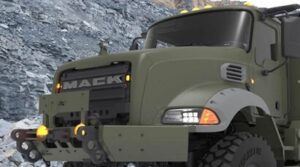
“These prototypes represent the next generation of purpose-built, specialty vehicles for the Marine Corps,” David Hartzell, president of Mack Defense, said in a statement on Monday. “By leveraging our commercial vehicle technology expertise and adapting it for military applications, we’re delivering a highly capable platform that can perform in the most challenging terrains, while incorporating advanced safety features and hybrid propulsion systems that meet the Marine Corps’ rigorous mission requirements.”
Mack Defense’s delivery of its two prototypes, which include a a 4×4 configuration with a 10-foot cargo bed and a 6×6 configuration with a 20-foot cargo bed, is expected around fall 2026, a company spokesperson confirmed to Defense Daily.
The Marine Corps in February 2024 announced it had selected Mack Defense and ND Defense for the MTT effort, with Phase 1 of the prototype program focused on design and development work (Defense Daily, Feb. 2 2024).
MTT is intended to inform a potential replacement for the Marine Corp’s MTVR fleet, built by Oshkosh Defense [OSK], to include the cargo, dump, wrecker, tractor and resupply variants.
The new $10.8 million contract modification to Mack Defense for Phase 2 of MTT was officially awarded on May 8, and brings the total value of the company’s Other Transaction Agreement for the program to $16 million.
ND Defense received its $17.2 million contract modification for Phase 2 on Jan. 17, which brought the total value of its work on MTT to $24.1 million.
Mack Defense said construction of its two prototypes is expected to be completed by early fall and it will then conduct its own testing on the vehicles at the Nevada Automotive Test Center (NATC) in the first half of 2026 before delivering them to the Marine Corps.
“The MTT prototypes incorporate significant technological advancements in driver safety and operational capability. These include advanced driver assistance features such as collision avoidance, blind-spot detection and vehicle dynamic control systems incorporating enhanced traction control and anti-lock brakes,” Mack Defense said in a statement.
Mack Defense noted the vehicles are integrated with hybrid-electric technology “delivering improved fuel efficiency while enabling critical tactical advantages such as silent watch capabilities using extensive onboard power storage and generation and exportable power for other military systems.”
Hartzell told Defense Daily in a February interview that NATC is also building a tech demonstrator to inform the Marine Corps’ plan for a potential MTVR replacement.
The Marine Corps has said that key requirements for MTT include integration of hybrid-electric technologies, on-board power generation, mobility capability for a 70 percent off-road and 30 percent on-road mission profile and a modular and scalable armor system.
